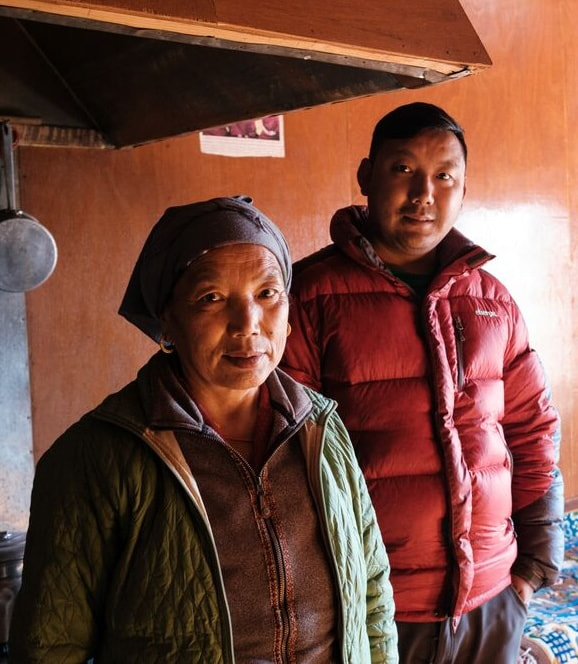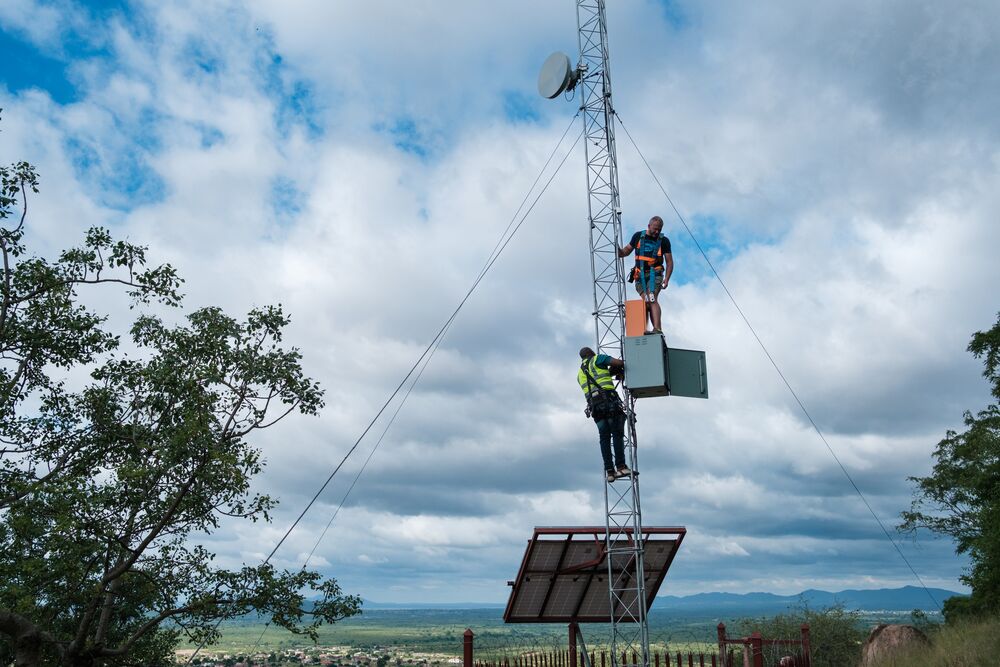Advancing Community Connectivity > Spectrum Allocation: There’s Room for Everyone
Spectrum Allocation: There’s Room for Everyone
Discover how smarter spectrum management can expand Internet access. Learn how policy changes can unlock unused spectrum, enabling both large and small networks to deliver quality connectivity to more communities.
There’s a common misconception that spectrum is in short supply, but this isn’t true. There’s more than enough room for everyone to use it. But setting the conditions for affordable access means figuring out how to manage it effectively. It’s possible to create frameworks that allow both large and small players to share spectrum, so that more communities have access to meaningful, quality connectivity. Here are some ways to use policy changes to unlock unused or underused spectrum, and unlock opportunities along with it.
Allocate Spectrum to Wi-Fi
Wi-Fi is usually the most affordable way to set up a small network, especially in an unconnected community. This part of the spectrum can be used to create a community mesh network based on standard home routers and repeaters, bringing low-cost, quality Internet to even remote areas.
Wi-Fi is a license-exempt use of spectrum, so when you allocate spectrum for it, you also ease some burden of licensing, which can otherwise be a huge barrier to success. And because of this license exemption, it can be shared by both community-led players, as well as the larger telecommunications companies.
![]() Works Best When: This works best in a community where people are completely unconnected, especially if incumbent telecommunications companies don’t see the area as a viable market opportunity.
Works Best When: This works best in a community where people are completely unconnected, especially if incumbent telecommunications companies don’t see the area as a viable market opportunity.
![]() Obstacles Can Arise if: Can be a challenge where larger telecommunications companies are already operating, but just not providing affordable access to all who need it.
Obstacles Can Arise if: Can be a challenge where larger telecommunications companies are already operating, but just not providing affordable access to all who need it.
Read more


Dynamic Spectrum Management
This is one of the most challenging to achieve, but it’s also the best way to make your spectrum ready to meet the connectivity and traffic demands of the future.
A great example is what’s called citizen broadband radio spectrum, or CBRS, in the United States. It involves keeping a database of all the spectrum users in a geographical area, and using this to manage how they’re using it, at a granular level. When one user isn’t using spectrum, it’s available for others to use, similar to a single turn-taking conversation—but for signals.
Managing spectrum in this way also allows end users to have seamless transitions when they’re using connectivity, such as using a phone on home Wi-Fi, and then going outdoors and switching to a mobile network.
![]() Works Best When: This is effective where you can identify all of the organizations and providers in a geographical area. It can be successfully utilized by indigenous communities in the United States, and has potential globally.
Works Best When: This is effective where you can identify all of the organizations and providers in a geographical area. It can be successfully utilized by indigenous communities in the United States, and has potential globally.
![]() Obstacles Can Arise if: It’s critical to avoid interference between different providers, so where it’s not possible to identify all of them and create the database, this won’t be achievable.
Obstacles Can Arise if: It’s critical to avoid interference between different providers, so where it’s not possible to identify all of them and create the database, this won’t be achievable.
Read more
Policies That Promote Sharing
Everyone benefits when policies are in place that promote sharing spectrum between players of all sizes. In many countries, the spectrum policies are still based on one or two large incumbent telecommunications companies, who might have nationwide allocation, even in areas that don’t make financial sense for them to serve.
Today, there’s so much potential for diversity in the market that this blanket can result in unconnected areas that actually have available spectrum, it’s just not being used. Regulators can create policies that specify that providers need to use their allocated spectrum or yield it to a potential user who will put it to use.
![]() Works Best When: This approach works well when incumbents are part of the conversation, and where there’s plenty of time to work out new agreements.
Works Best When: This approach works well when incumbents are part of the conversation, and where there’s plenty of time to work out new agreements.
![]() Obstacles Can Arise if: In countries that rely heavily on large incumbent spectrum allocation fees, it can be more challenging to offer incentives to get them involved in improvements.
Obstacles Can Arise if: In countries that rely heavily on large incumbent spectrum allocation fees, it can be more challenging to offer incentives to get them involved in improvements.
Read more

Image copyright:
© Nyani Quarmyne, © Chris Gregory, © Nyani Quarmyne